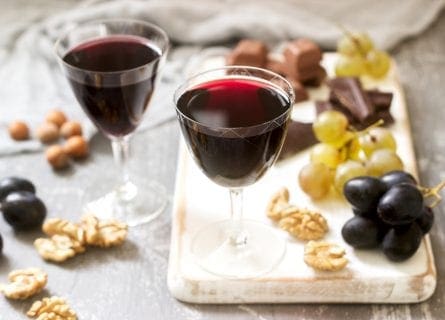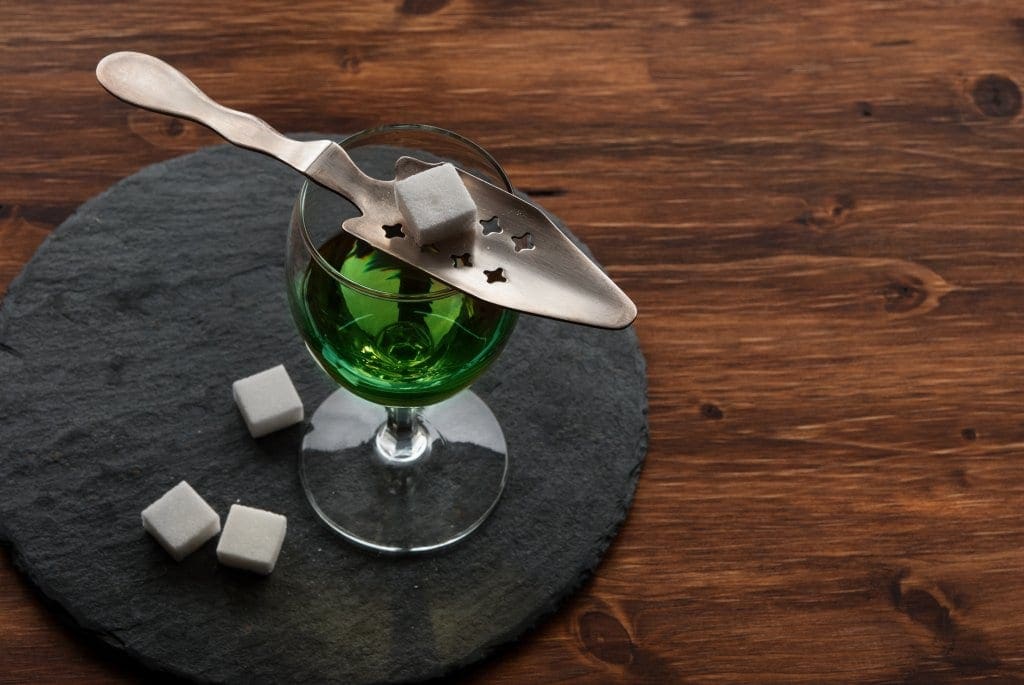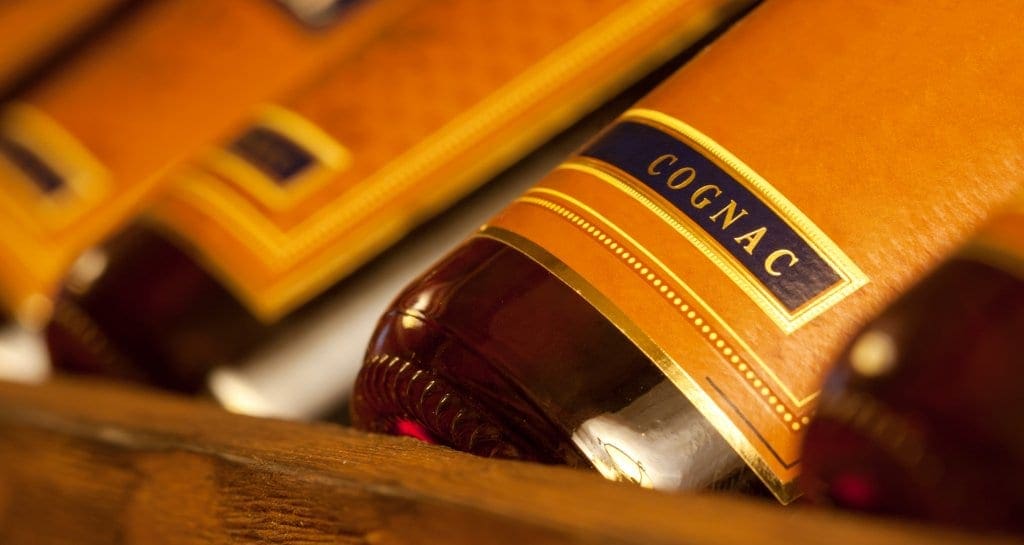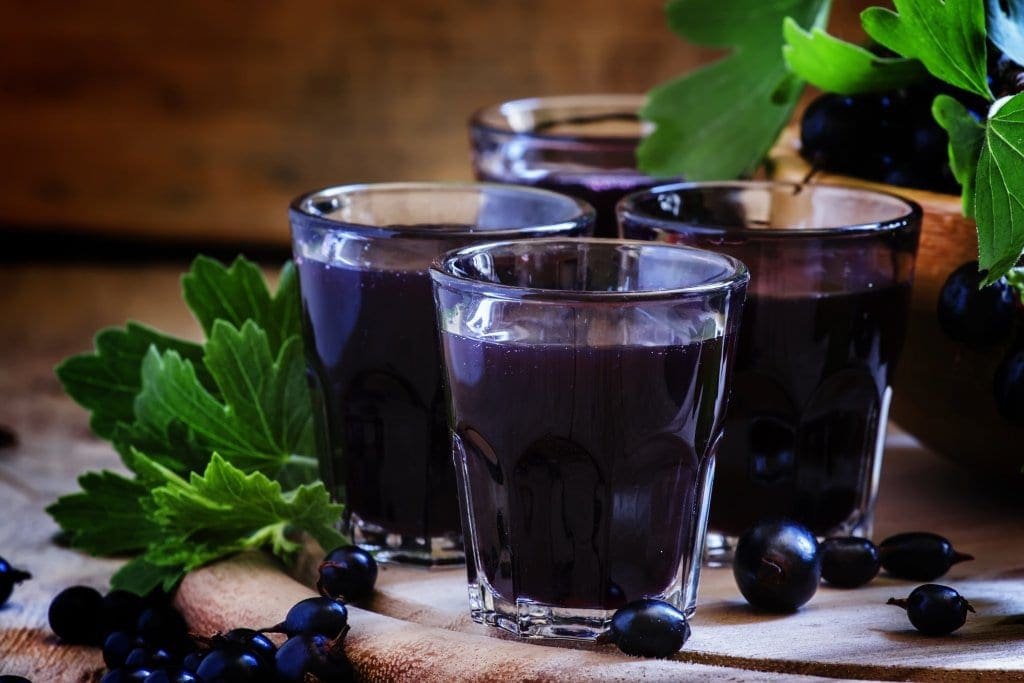
What is Crème de Cassis Liqueur?
March 20, 2020
"Unveiling Crème de Cassis: A Delectable Liqueur Guide | Elevate Mixology with Rich Flavors & Creative Cocktails | Our Expert Tips & Recommendations🍇
Estimated reading time: 5 minutes
French liqueurs, like an indelible tapestry woven throughout history, have left an enduring and unforgettable impression on both our palates and the annals of time. Exuding an unparalleled air of sophistication and elegance, these delightful elixirs serve as exceptional aperitifs and act as captivating catalysts for engaging conversations. Whether crafted from cherished homemade recipes or distilled in venerable age-old distilleries, French liqueurs have gracefully evolved, evoking a broad spectrum of reactions from political intrigue to profound moral contemplation. Yet, amidst the ever-changing tides of public opinion, their essence remains steadfastly unchanged, a living testament to their timeless allure and profound cultural significance.

Absinthe, the enigmatic liquor, has a history as intriguing as its reputation. Crafted initially as a medicinal product to combat malaria, it found its way into the hearts of the French Boheme in the 19th century and soon gained wild popularity. Its unique blend of wormwood, fennel, and green anise grants it the iconic green hue, earning it the moniker “the green fairy” due to rumored hallucinogenic effects on its consumers.
However, Absinthe’s rise was controversial, leading to a general ban in 1915. This prohibition caused a surge in anise-flavored liqueurs attempting to satiate the high demand left in Absinthe’s wake. The legend and allure surrounding the drink persisted, even leading to the clandestine smuggling of Absinthe into the United States for private use and special occasions until the ban was lifted a few years ago.
In modern times, Absinthe has made a triumphant return, recapturing its popularity from over a century ago. Now embraced by the bar scene, it has become the favored “it drink” of hipsters and daredevils alike.
This complex history, blending fact and myth, adds to Absinthe’s allure, making it a hot commodity once again, sought after by enthusiasts worldwide. With its fascinating past and its renaissance in the present, Absinthe continues to enchant those who dare to indulge in its mysterious charm.
Originally part of the booming Absinthe production, Pernod Fils reopened their doors in 1920, producing a more sober version of Absinthe. Unlike the original, Pernod is made with Asian star anise, not European green anise seeds. The addition of several aromatic herbs and plants lends Pernod its distinctive taste.
In the sun-soaked region of southern France, locals have long embraced a beloved aperitif known as Pastis, affectionately called “Pastaga.” As the mercury rises during the hot summer months, Pastis becomes the quintessential drink to cool down and savor leisurely moments.
Pastis’ distinctive flavor is mainly licorice root and star anise. Initially clear like Ouzo, this potent liqueur undergoes a fascinating transformation when mixed with water. The moment the clear liquid blends with the water’s touch, it magically turns cloudy, resembling the look of milk. This mesmerizing change is a delight to watch and a symbol of life’s relaxed and unhurried pace in the South of France.

Cognac’s friendly rival, Armagnac, is made in the historical region of Gascony, halfway between Bordeaux and the Pays Basque, and is the oldest brandy style in France (over 100 years older than Cognac). Like Cognac, it uses the Ugni Blanc and Colombard grapes, and others like Bacco and Folle Blanche. After distillation, Armagnac is traditionally aged in a 400-liter ‘pièce armagnacaise.’
Armagnac styles include:
Named after the town of Cognac, the production of this famous French brandy has not changed over the past 300 years. Distilled twice in pot stills and aged at least two years, French oak barrels from Limousin or Tronçais, Cognac must be made from 90% Ugni Blanc, Folle Blanche, or Colombard grapes. However, the most popular variety in today’s production is the Ugni Blanc, also known as Saint-Emilion. The Cognac AOC controls the production of Cognac.
Top Cognac producers include:
In the French region of Basse-Normandie, they create the emblematic apple brandy Calvados. The apples used in the production are specifically grown and selected and can be a medley of 200 varieties, ranging from sweet, over tart, to inedible. These apples are usually hand-picked, pressed, and fermented into a cider, then distilled. The remaining eau de vie must be aged for at least two years in oak casks before it can be called Calvados. As Calvados ages, it becomes smoother.
Guide to Calvados Brandy: Read more
A blend of cognacs and the distilled essence of bitter orange, Grand Marnier is a wonderful citrus-flavored aperitif and an incredibly versatile ingredient in French desserts and pastries. For example, the classic Crêpe Suzette, filled with a warm sauce of caramelized sugar and orange juice, is flambéed in Grand Marnier before being served on tables across France.
Cointreau
Still, a family-owned company, Cointreau Distillery, was set up by the brothers Cointreau in 1880. Their original success was with the cherry liqueur guignolet, which was later vastly surpassed by the popularity of their house-own brand of triple sec liqueur – a blend of sweet and bitter orange peels pure alcohol named Cointreau.

A crucial component in one of France’s long-standing aperitifs, Kir, a mix of crème de cassis and white wine, this dark-hued, tartly sweet liqueur hails comes out of the Dijon area and is made from blackcurrants steeped in alcohol and sugar. Whip up a Kir Royal with crème de cassis and champagne for a special night, or douse a creamy vanilla ice cream with this deeply luscious liqueur.
Guide to Crème De Cassis: Read more
Produced in the same region as Cointreau, Guignolet is a French liqueur made from wild cherries, the main variety being guigne, from which it derives its name. The dark red liqueur is sweet and has a mild aroma, like whiskey.
If you would like us to customize an exclusive luxury tour, contact us and let us know your travel plans. We offer luxury food and wine tours for private groups of a mininium two guests. In addition, all of our private, chauffeured tours are available year-round upon request.


Janet C Scalessays:
January 1, 2018 at 11:50 pm
I have an old bottle of Boitardine Liqueur. Can you tell me anything about it?